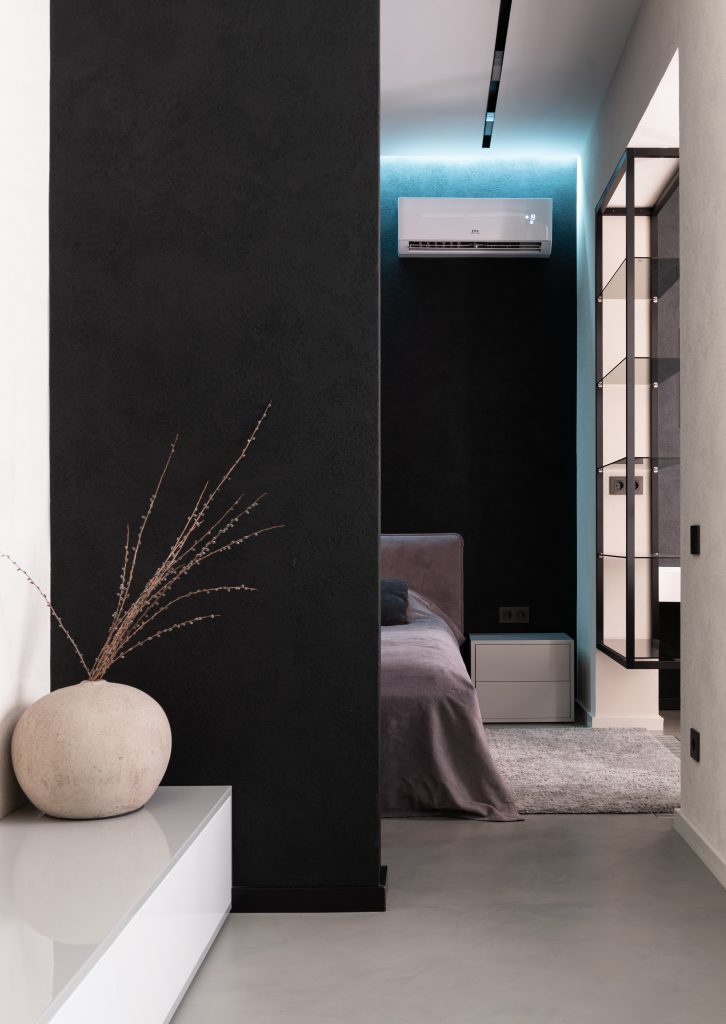
Do you need a new air conditioner installed or is your existing unit in need of some repairs? It can be overwhelming to find the right contractor, figure out if they’re reliable, and trust that they’ll do the job right. But if you have a bit of basic knowledge and know how, AC repair may not be as challenging as it looks. In this article, you’ll learn everything you need to know about DIY AC Repair and Maintenance, including common issues and fixes, tips for troubleshooting, cost-saving hacks, and more. By the end of this guide, you’ll have a better understanding of how to take care of your air conditioner and hopefully save some money along the way.
Types of Air Conditioners
Before tackling any type of maintenance or repair work on an air conditioner unit (or HVAC system), it’s important to understand what kind of unit you have in order to properly diagnose the issue. The most common types are window units, central air conditioning systems (split systems), packaged terminal air conditioners (PTACs), ductless mini-splits (also known as “multi-splits”), evaporative coolers (also known as “swamp coolers”). Each type is unique in its own way so it’s essential that you recognize what type you have before attempting any repairs or maintenance.
Common Issues & Fixes
Now that we’ve discussed various types of air conditioning systems let’s get into some common issues that may occur with each one—and their corresponding fixes!
Window Units
The most basic types are window units—which are typically more affordable than other options and easier to install yourself. However, these single-room units may require more frequent maintenance because there’s no central blower or filter system catching dust particles before dispersing cooled air. Additionally, since these are mostly exposed outdoors, many folks find that windows units can be particularly susceptible to outdoor debris such as leaves and dirt clogging up holes/filters/vents which prevent proper cooling from taking place. To resolve this issue, clean out all the debris surrounding your unit periodically throughout the year—especially during those windy autumn days!
Central Air Conditioning Systems & Split Systems
Central Air Conditioning Systems use two separate components: an evaporator coil located inside the home near either an interior furnace or exterior chiller; and a condenser coil located outside close by either a heat pump or compressor.) These split systems require less frequent maintenance but there still may be times when things go wrong such as dirty filters blocking airflow from passing through. When this happens just replace your filter with a clean one every 6 months or so—it will help improve efficiency! Additionally keep an eye out for refrigerant leaks which can cause inefficient cooling cycles—if discovered contact a professional immediately for assistance.
Packaged Terminal Air Conditioners (PTAC)
Packaged Terminal Air Conditioners (also known as PTACs) are commonly used in residential buildings such as apartment complexes/condos where multiple rooms must be cooled at once. Because these are heavy-duty machines they tend to last longer than other types but it’s still important to regularly check on them every once in awhile! If changes in temperature aren’t happening like they should then try checking things like filters again making sure nothing is blocking their ability to work correctly first before calling in professionals for help. In addition if excess noise is coming from this type look into replacing worn belts which could also be contributing factors causing noise pollution!
Tips & Tricks For Troubleshooting & Cost Saving Hacks
DIY AC repair isn’t something only meant for professionals – there are plenty of techniques amateurs can take advantage of too when looking at maintaining their AC units. Let’s take a look at three easy tips & tricks anyone can try out when having trouble with their machine(s)!
- Clean out all filters regularly– As mentioned earlier cleaning out all filters regularly will ensure proper airflow is maintained thus leading to improved efficiency overall! Ideally replace old ones with fresh ones every 3–6 months depending on usage frequency / environmental conditions around them . This simple task alone can save hundreds annually on energy bills from simply keeping things running smoothly without extra load put onto them due to clogged passageways causing additional strain even though all parts combined seem fine otherwise!
- Be aware of outside environment – From extreme weather conditions like heat waves / snow storms , plants overgrowing around outdoor units etc., too much shade/too much sun exposure anything related directly impacting performance should always stay top priority since fixing those without expertise may not always pan out positively over time due diligence needs being taken note here !
- Check for rust spots– Rust spots usually form around poorly
Conclusion
By following these simple steps, you can make sure your AC unit is running in optimal condition so it can perform well for years to come. It’s also important to be mindful of the expertise of professionals when it comes to large-scale repairs or replacements. In conclusion, taking good care of your air conditioning unit isn’t as hard as you may think – with a bit of knowledge and dedication, you can save yourself time and money. If you’re looking for reliable and affordable AC installation services in your area, [insert link], we’re here to help every step of the way!
 (786) 432-6087
(786) 432-6087  Help@AirproACrepairsMiami.com
Help@AirproACrepairsMiami.com  Call Today for Same Day Service!
Call Today for Same Day Service! 